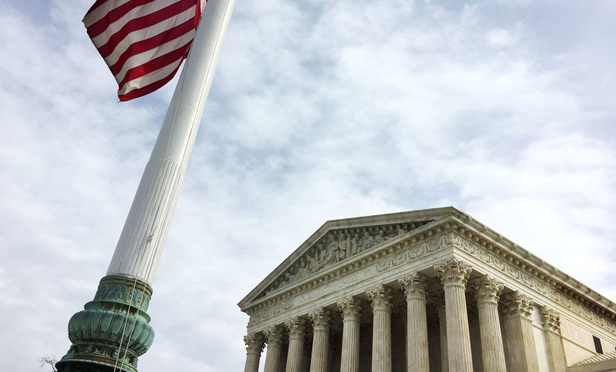Should a patentee be able to control the future use or resale of a patented article that has entered the stream of commerce following a sale by the patentee? The Supreme Court answered that question in the negative on May 30, in Impression Products v. Lexmark International. Reversing 25 years of Federal Circuit precedent, the court held that “once a patentee decides to sell—whether on its own or through a licensee—that sale exhausts its patent rights, regardless of any post-sale restrictions the patentee purports to impose.” The court further held that it makes no difference for purposes of patent exhaustion whether the authorized sale of the article is first made in the United States or abroad.
U.S. patent law allows a patent holder to exclude others from making, using, offering for sale, selling or importing patented inventions without authority from the patent owner. Under the doctrine of patent exhaustion, however, a patentee’s right to exclude is exhausted when it sells (or authorizes the sale of) a patented product. Before Lexmark, the Federal Circuit precedent provided that a patentee may impose post-sale restrictions in conjunction with a sale which are enforceable under patent law, see Mallinckrodt v. Medipart. The Supreme Court’s Lexmark decision reversed this long-held precedent, holding that all patent rights are exhausted upon an “authorized” sale, even where the article is sold subject to an express contractual restriction. Emphasizing the common law’s “refusal to permit restraints on the alienation of chattels,” the court opined that “patent exhaustion reflects the principle that, when an item passes into commerce, it should not be shaded by a legal cloud on title as it moves through the marketplace.”






